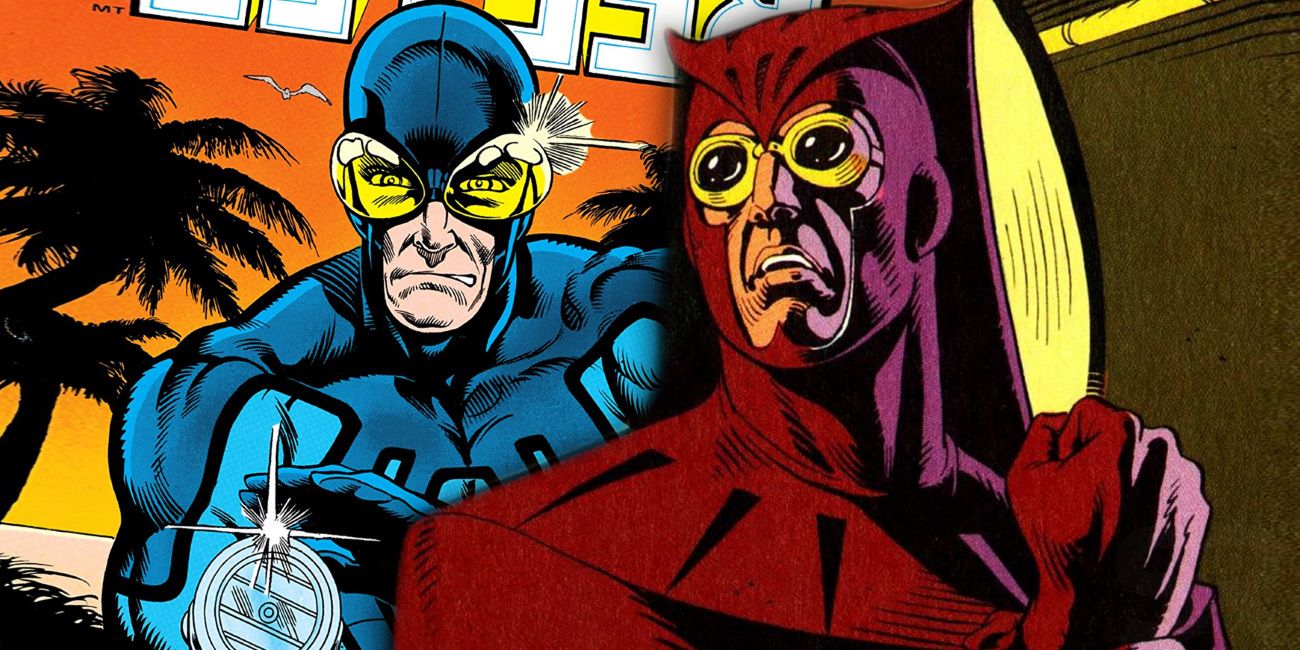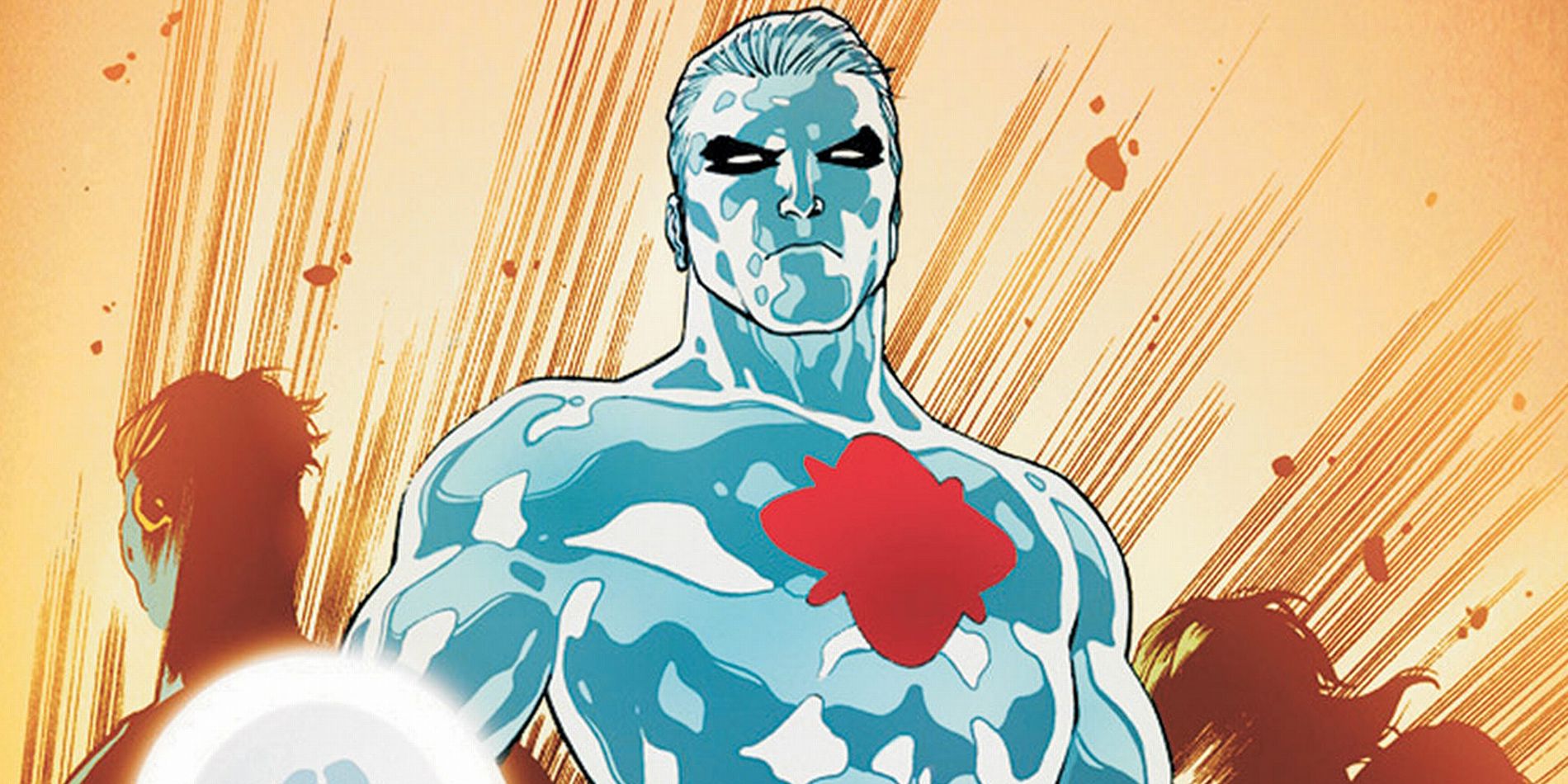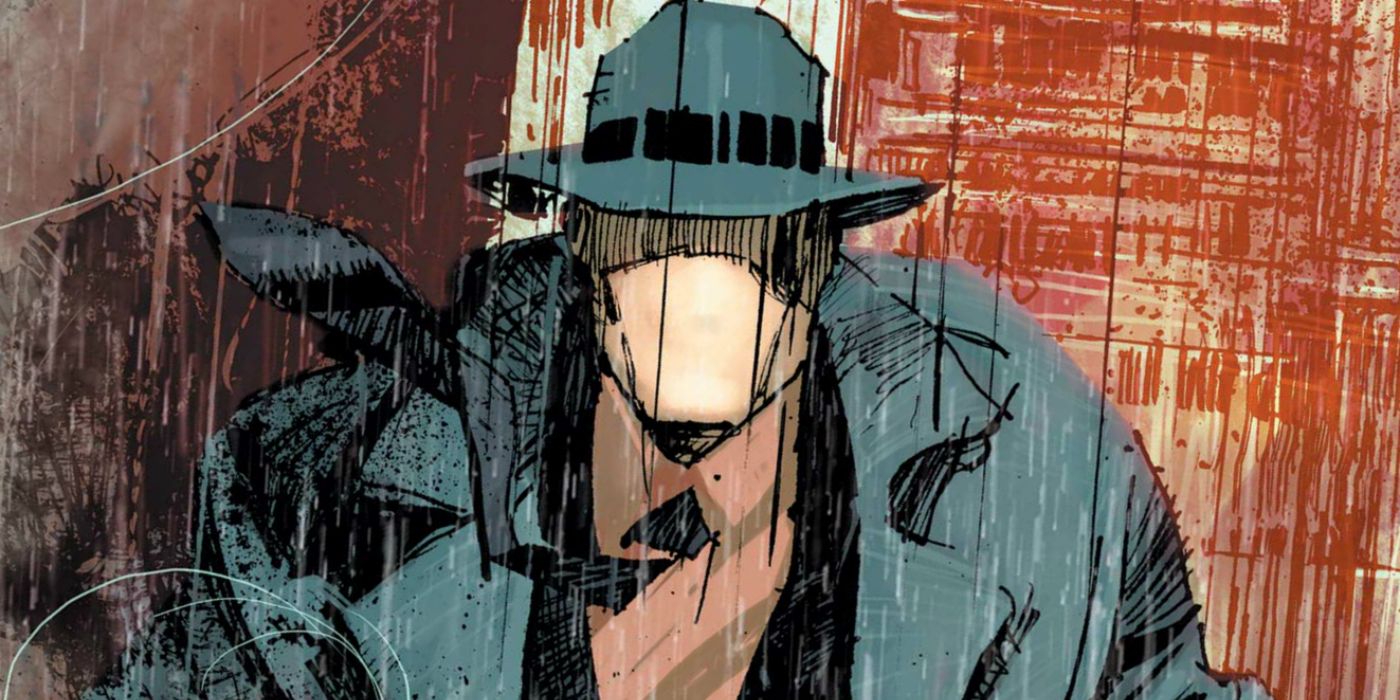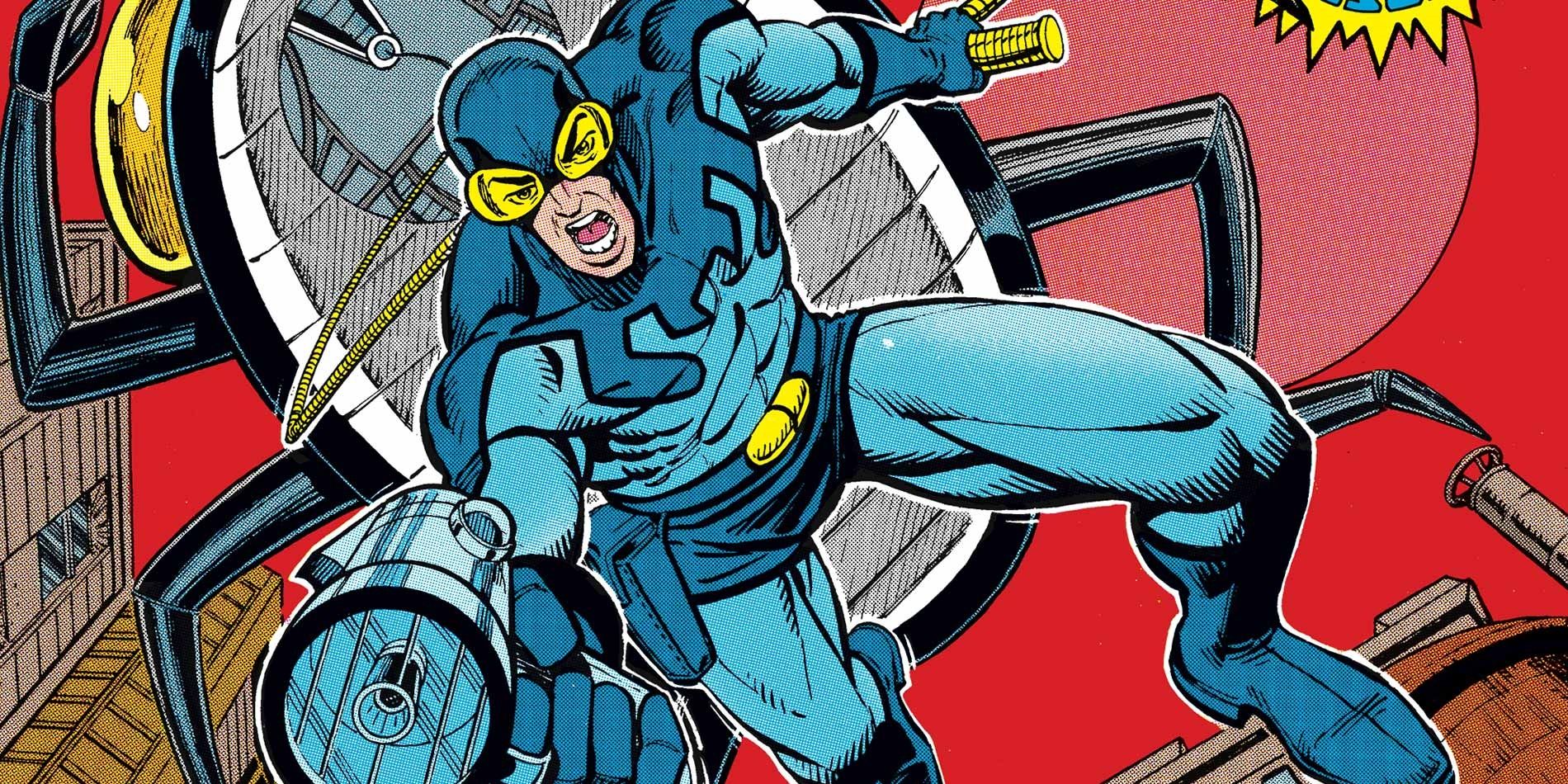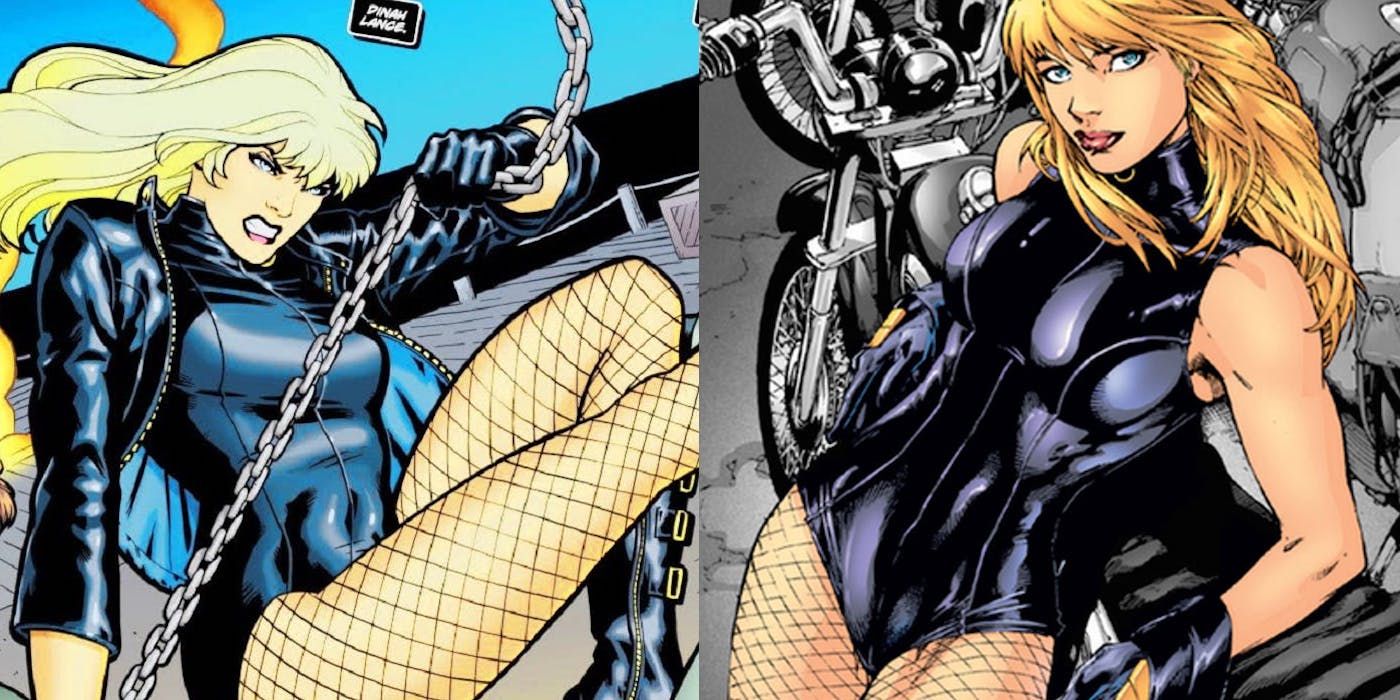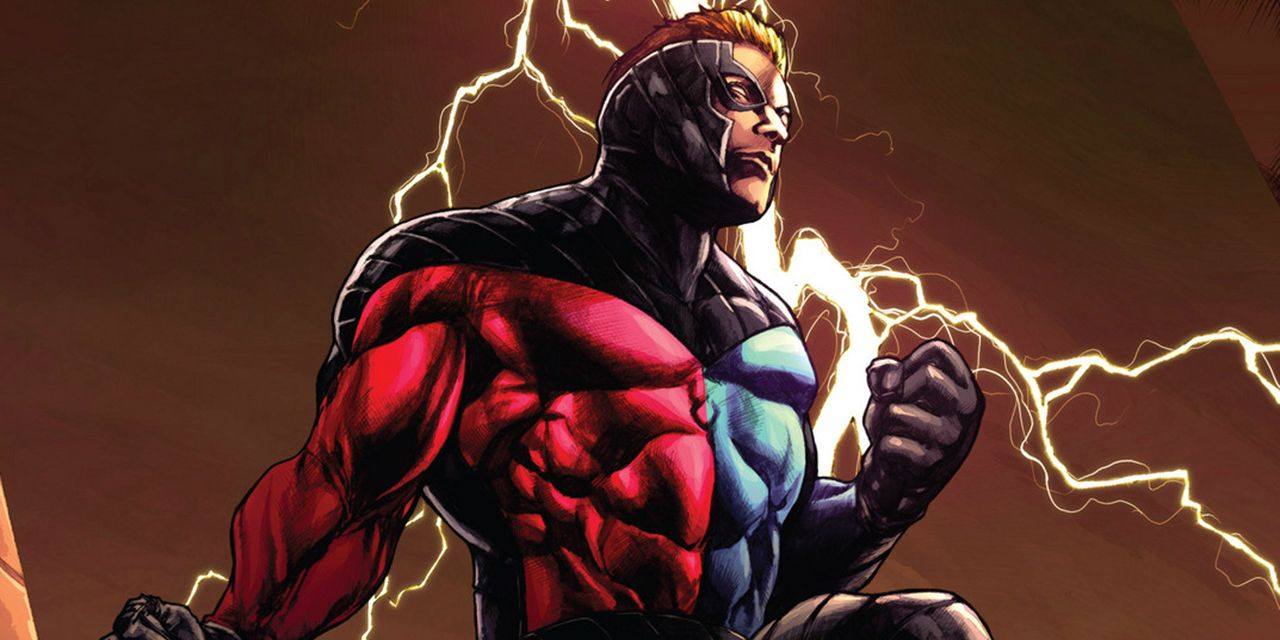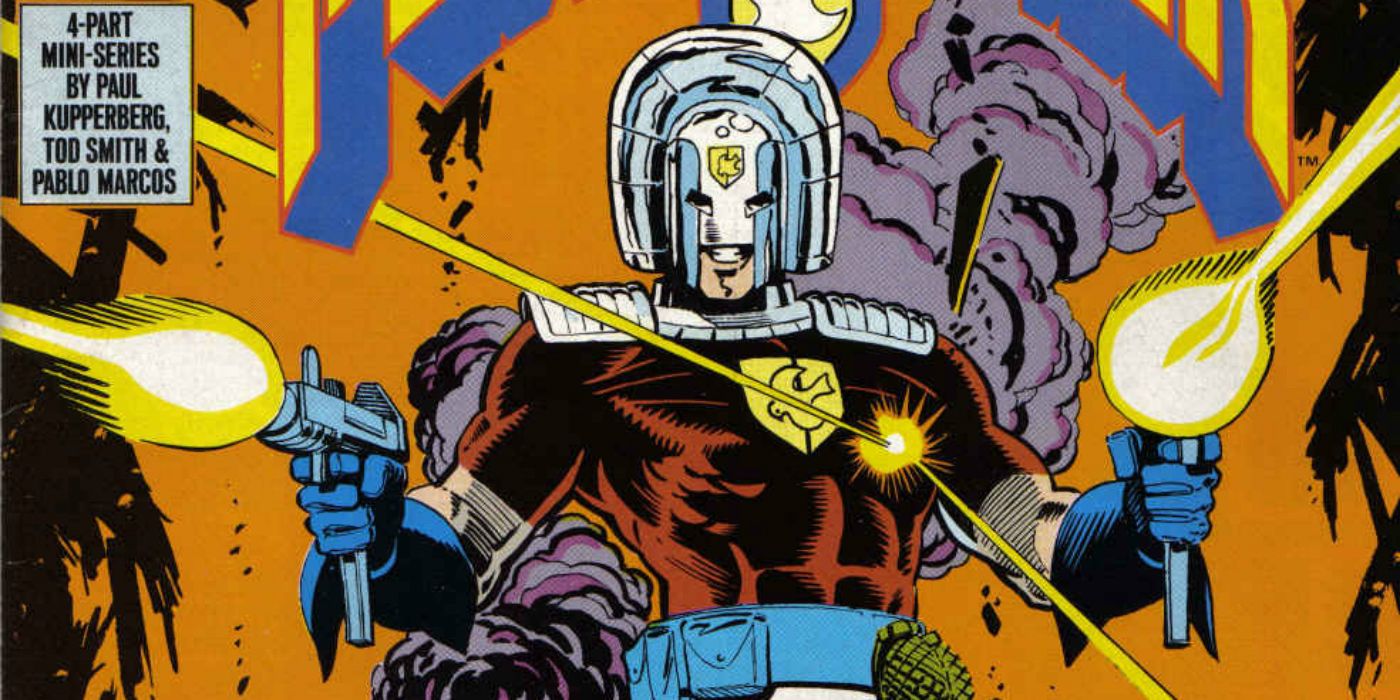The co-creator of the graphic novel, Alan Moore may not be happy with HBO's Watchmen rewriting his characters without his approval, and he has every right to be. But that only means it's even more important for fans to remember his original proposal for the series wouldn't have featured brand new, original characters at all.
In 1983, DC Comics purchased the rights to Charlton Comics' superhero universe. Alan Moore took the opportunity to clean up an idea he'd originally had for Archie Comics' Mighty Crusaders, and that eventually evolved into Watchmen. DC balked when they saw the series would end with many of the characters dead, evil, or otherwise useless for future comics. Instead, they waited to combine the two universes in Crisis on Infinite Earths instead. Moore continued working on Watchmen anyway, but the Charlton stable of DC heroes continued to influence the cast of Watchmen, as Watchmen in turn influenced their future appearances in DC's universe. Let's take a look at each hero, one by one.
Captain Atom & Dr. Manhattan
Like most of Charlton's most popular heroes, Captain Atom was the creation of artist legendary Marvel artist Steve Ditko, fresh off creating Spider-Man for Marvel with Stan Lee. In the Charlton comics, Captain Atom was US Army Captain Allen Adam, who apparently died when he was trapped in an experimental rocket that exploded in the atmosphere. Instead, he gained atomic powers that allowed him to reform his body and become a superhero.
Dr. Manhattan, named after the Manhattan Project that produced the atomic bomb, had more or less the same origin, with an atomic bomb test replacing the space flight. But Moore and artist Dave Gibbons amped up the horror potential of Ditko's story. Dr. Manhattan reformed himself from the inside out, and he came back as something not quite human, existing outside of time--and with total power over all atomic structures. Moore even has some fun with his inspiration when the military presents Dr. Manhattan with a supersuit based on Captain Atom, and Dr. Manhattan rejects the atomic symbol for a simpler model of a hydrogen atom he carves directly into his forehead.
DC's modern revival of Captain Atom by Cary Bates, Greg Weisman, and Pat Broderick took several cues from Dr. Manhattan. Like Manhattan, he didn't wear a supersuit. Instead, he was coated in a metal skin, apparently just as naked as Manhattan except for his boots and gloves. Where the original Captain Atom's "atomic powers" were just a pseudoscientific explanation for the usual superpower cocktail, the revived version took on Dr. Manhattan's control of the atoms in any object. There were even hints of another Moore comic, Miracleman, with the revelation that the Charlton series was a military-experiment-induced hallucination. Grant Morrison took the similarities even further, combining the two characters into a blue-skinned Captain Atom with Dr. Manhattan's symbol on his forehead in both Final Crisis: Superman Beyond and Multiversity: Pax Americana.
The Question and Rorschach
Another Ditko creation, The Question was a Batman-style detective who wore a blue suit, trenchoat, and trilby... with a plain, flesh-colored mask made of high-tech "pseudoderm" that made him appear to have no face. His adventures were primarily a vehicle for the Objectivist philosophy Ditko absorbed from the writings of Ayn Rand. In these comics, all criminals were "looters" who subsisted on other people, deserving of neither sympathy nor mercy, and he frequently refused to save his enemies from death.
Moore found Ditko and Rand's rigid morality dangerously fanatical, and that influenced his portrayal of Rorschach as a creepy obsessive who pursued his own idea of justice at the expense of everything else. Referencing Ditko and Rand's conservative libertarianism, he's a fan of the far-right New Frontiersman news magazine. His costume is nearly identical to the Question's: while his plain, brown hat and coat are more drab, his constantly shifting black-and-white mask is anything but, while still creating the same illusion of facelessness.
DC's version of the Question originally ignored Watchmen, though Denny O'Neil and Denys Cowan had some fun when they had him attempt to be more like Rorschach after reading Watchmen on a plane... before concluding, "Rorschach sucks." The Question took on more elements of Rorschach-like fanaticism as time went on, most memorably on the Justice League Unlimited cartoon, where he served as the team's resident conspiracy theorist. After the New 52 reboot, he started talking in short, Rorschach-like sentences punctuated with the Watchmen antihero's trademark "hurm."
Nite-Owl and Blue Beetle
The Blue Beetle was Charlton's oldest hero, predating the publisher itself: he'd first appeared in the World War II-era Golden Age in comics published by Fox Comics. The more popular version of the character was another Ditko creation: inventor Ted Kord, who took the mantle from the dying Golden Age Beetle, Dan Garrett, in order to fight his evil uncle Jarvis. He designed a beetle-shaped plane called "the Bug" and a gun that shot blinding but nonlethal beams of light to fight crime.
Like the Blue Beetle, the Nite-Owl identity went through two heroes: the war-era crimefighter Hollis Mason and the modern-day inventor Daniel Dreiberg. Their costumes even reflect the different versions of the Blue Beetle, with both Mason and Garrett wearing a small domino mask and a costume that resemble their namesake creature in name only and Dreiberg and Kord adding big, round goggles and other animal motifs. Nite-Owl's plane, the Owlship, is almost identical to the Bug with it round, eyelike windows, and he carries weapons that deafen instead of blinding.
The influence only went one way for many years, until an alternate-universe Blue Beetle appeared in Pax Americana. This version played the same role in the one-shot as Nite-Owl had in Watchmen, investigating a mysterious and high-profile assassination and having the same fraught friendship with the Question as Nite-Owl had with Rorschach.
Silk Spectre, Nightshade, and Black Canary
The Silk Spectre is an outlier in the cast of Watchmen: she has some elements of a Charlton character, but more closely resembles heroines DC had owned before the buyout. Her loose-fitting yellow costume was based on the Phantom Lady, originally created for Quality Comics, another company DC had absorbed. She's a second-generation superheroine like the Black Canary, who had originally appeared in the Golden Age before the version appearing in the Justice League comics was retconned as her daughter, and gained sonic superpowers as a bonus.
The closest equivalent in the Charlton universe is Nightshade, who had served as Captain Atom's love interest in the same way as the Silk Spectre dates Dr. Manhattan before leaving him for Nite-Owl. Pax Americana exaggerated the resemblance, giving Nightshade and occasionally racist old mother who has delusions that she was princess of the Land of Nightshades.
Ozymandias and Peter Cannon, Thunderbolt
Thunderbolt was created for Charlton by Pete Morisi in 1966. Like Ozymandias, he studied with masters of mysticism in Asia; unlike Ozymandias, it wasn't by choice, but because his parents had died in the Himalayas, where he was adopted by Buddhist monks. The monks taught him the power of "mind over matter," allowing him to see the future and move objects with his mind. Ozymandias has the same powers, or at least a less flashy version of them, though they're still enough to allow him to catch a bullet barehanded in Watchmen's climax.
We may never know if DC's version of Thunderbolt would have evolved into something closer to Ozymandias, since the publisher discovered a few years later that, since the rights belonged to Morisi, he legally wasn't part of the assets they'd inherited from Charlton. That hasn't stopped other publishers from creating new Thunderbolt comics, though: Dynamite's currently a new series with stories by Kieron Gillen and art by Caspar Wjingaard.
The Comedian and the Peacemaker
The Peacemaker was another Charlton hero, created by Joe Gill and Pat Boyette, whose tagline explained that he "loves peace so much that he is willing to fight for it!" The comics themselves only added to the contradiction: unlike most superheroes, he happily carried deadly weapons and had no problem putting bullets in anybody's heads. Peacemaker was also far more concerned with geopolitics than the average comic book character, parachuting into sovereign nations without the backing of any government.
As you'd expect from a man who wrote a book-length exposition of American crimes on foreign soil in Shadowplay and rewrote James Bond as a villain in The League of Extraordinary Gentlemen, Moore took a much dimmer view of the character than his creators. Like the Peacemaker, the Comedian is a gun-toting international agent, this time with the full support of the US military. He's hinted, and in the movie adaptation confirmed, to be the real culprit in President John F. Kennedy's assassination.
While DC's revival never went quite that far, it still presented a much darker version of the Peacemaker, diagnosed with various mental illnesses and haunted by the ghosts of his victims, who he believed lived in his helmet. In Pax Americana, he's once again responsible for the death of a president; only this time, he's acting on the orders of the president himself, for reasons that only become clear after various twists and turns in Morrison's reverse-chronological story.

